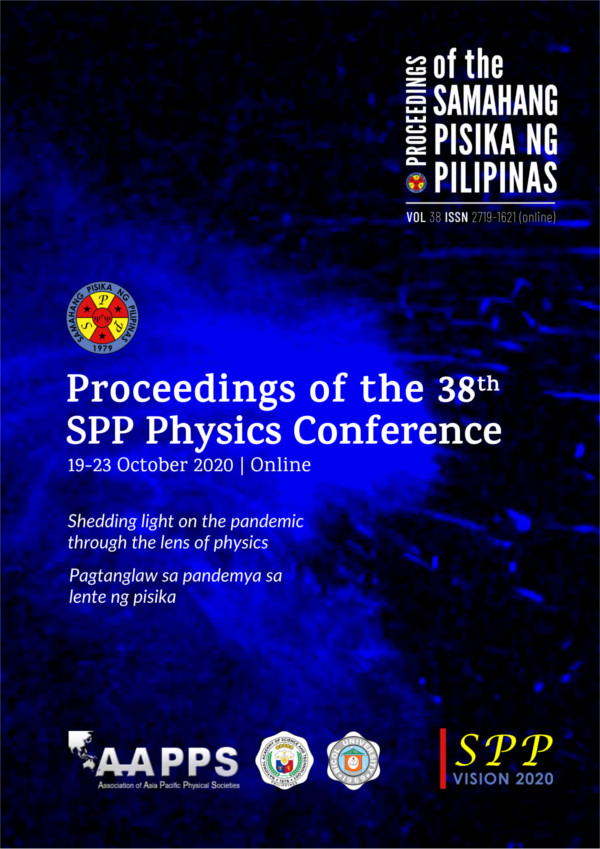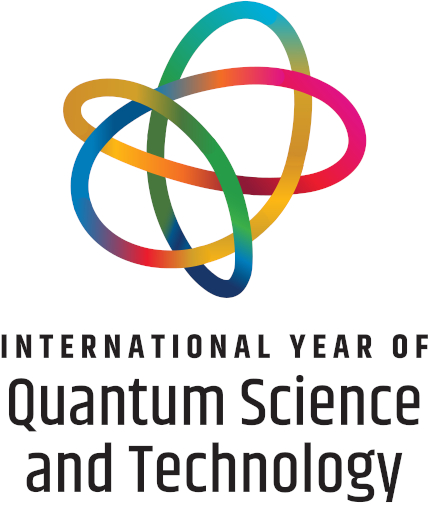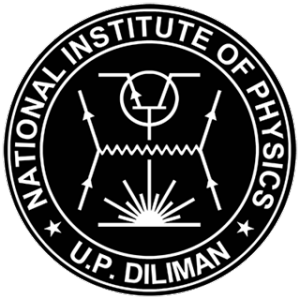Excitation of a conserved lattice gas model as a possible toy model for granular systems
Abstract
We present an excited CLG model in order to better represent a granular setup on a 1D lattice. The proposed model takes into account multiple particle to particle interactions in each time step by use of a block cellular automaton with a Margolus neighborhood, as compared to the original model which only acted on one particle every iteration. This allows for a more realistic simulation of granular systems. We found that the time it takes before the system reaches a steady state, Ta, follows an exponential trend. We also found that our model no longer approaches a steady state at a critical density of ρc ≈ 0.37. Any values of ρ > ρc exhibit a constant state of movement. We further evolve the system by adding shaking using a probabilistic cellular automata (PCA), which employs the probabilities m and c that we defined to be the probability of migration and cohesiveness, respectively. Here we found that both play an equal role in the dynamics of the system. Such a setup can be used for further studies in measuring temperature in granular systems.
Downloads
Issue
Shedding light on the pandemic through the lens of physics
Pagtanglaw sa pandemya sa lente ng pisika
19-23 October 2020
This is the first fully online SPP Physics Conference. Please visit the SPP2020 activity webpage for more information on this year's Physics Congress.











